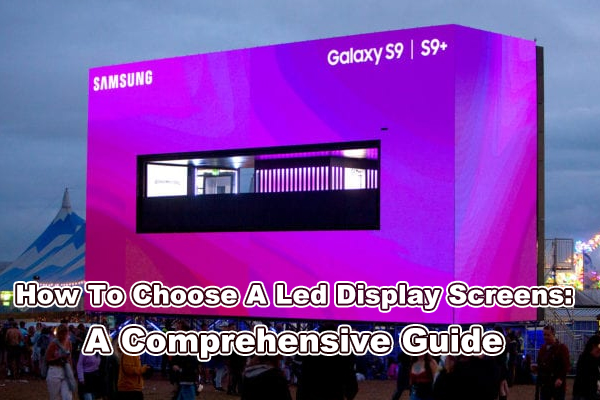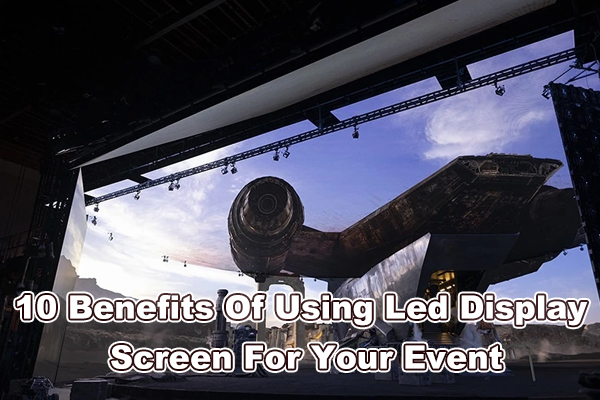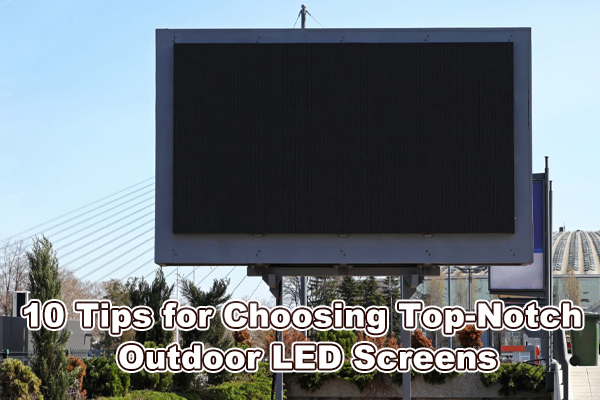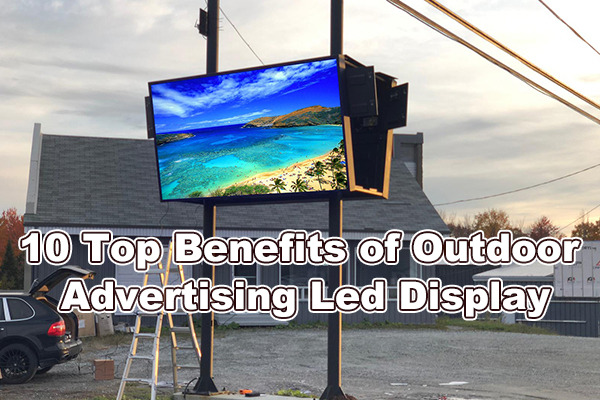In recent years, GOB (GLUE ON THE BOARD) technology has become prevalent in the LED industry, marking a significant evolution and offering tangible benefits across various sectors. This article by Micron Guangcai delves into the profound applications of GOB technology in LED display products.
Understanding GOB Technology
GOB, an acronym for GLUE ON THE BOARD, represents a revolutionary optical thermal conductive nano-filling material. Through a specialized process, the conventional LED display’s PCB board and SMD lamp beads undergo encapsulation, resulting in matte dual surfaces. This optical processing achieves a matte effect on the LED display’s surface, enhancing protection and enabling the transition of display point light sources into surface light sources. This innovation finds broad applications in small-pitch displays, high-end rentals, commercial displays, and household LED TVs.
Advantages of GOB Technology
The GOB process boasts several advantages:
Eight-proof Performance: Waterproof, moisture-proof, bump-proof, dust-proof, anti-corrosion, anti-blue light, anti-salt spray, and anti-static properties.
Enhanced Display: The surface matte effect increases color contrast, facilitating the conversion from point light source to surface light source and broadening the viewing angle.
Detailed Explanation of the GOB Process
To meet the specific requirements of LED display product characteristics and ensure standardized mass production, the GOB process necessitates a comprehensive production process. This includes reliable automated production equipment, collaboration with R&D for the production process, and custom molds with packaging materials tailored to product characteristics.
Key considerations in the GOB process include:
Material:
Customized materials with properties such as strong adhesion, tensile strength, hardness, high transparency, temperature resistance, resistance to yellowing, salt spray resistance, high wear resistance, and anti-static capabilities.
Filling:
Ensuring complete filling of gaps between lamp beads covers, tight bonding to PCB, and eliminating defects like bubbles, pores, white spots, holes, or incomplete filling.
Thickness:
Maintaining uniform and consistent glue layer thickness above the lamp bead surface to prevent issues like black screens, blurred screens, uneven splicing, and poor colorconsistency.
Smoothness:
Achieving excellent surface flatness post-GOB encapsulation with no pits or undulations.
Surface Treatment:
Employing appropriate surface treatment, such as matte, mirror, or other finishes based on product characteristics.
Maintenance:
Ensuring easy removal of packaging material under specific conditions, allowing for parts replacement and repairs during normal maintenance.
Differences Between GOB and Traditional Modules
GOB technology finds applications in LED small spacing displays, ultra-protective LED rental screens, interactive floor tile screens, transparent screens, smart flat panel displays, smart poster screens, creative displays, etc.
Conclusion
In summary, GOB technology addresses various challenges in LED displays, offering solutions to weather resistance, moisture-proofing, waterproofing, dust-proofing, impact resistance, anti-bumping, anti-static, anti-oxidation, heat dissipation, blue light radiation, UV protection, and more. It transforms products from point light sources to area light sources, ensuring uniform light emission, improved viewing angles, reduced glare and visual fatigue, and enhanced safety and health for users.
Post time: Jan-08-2024







